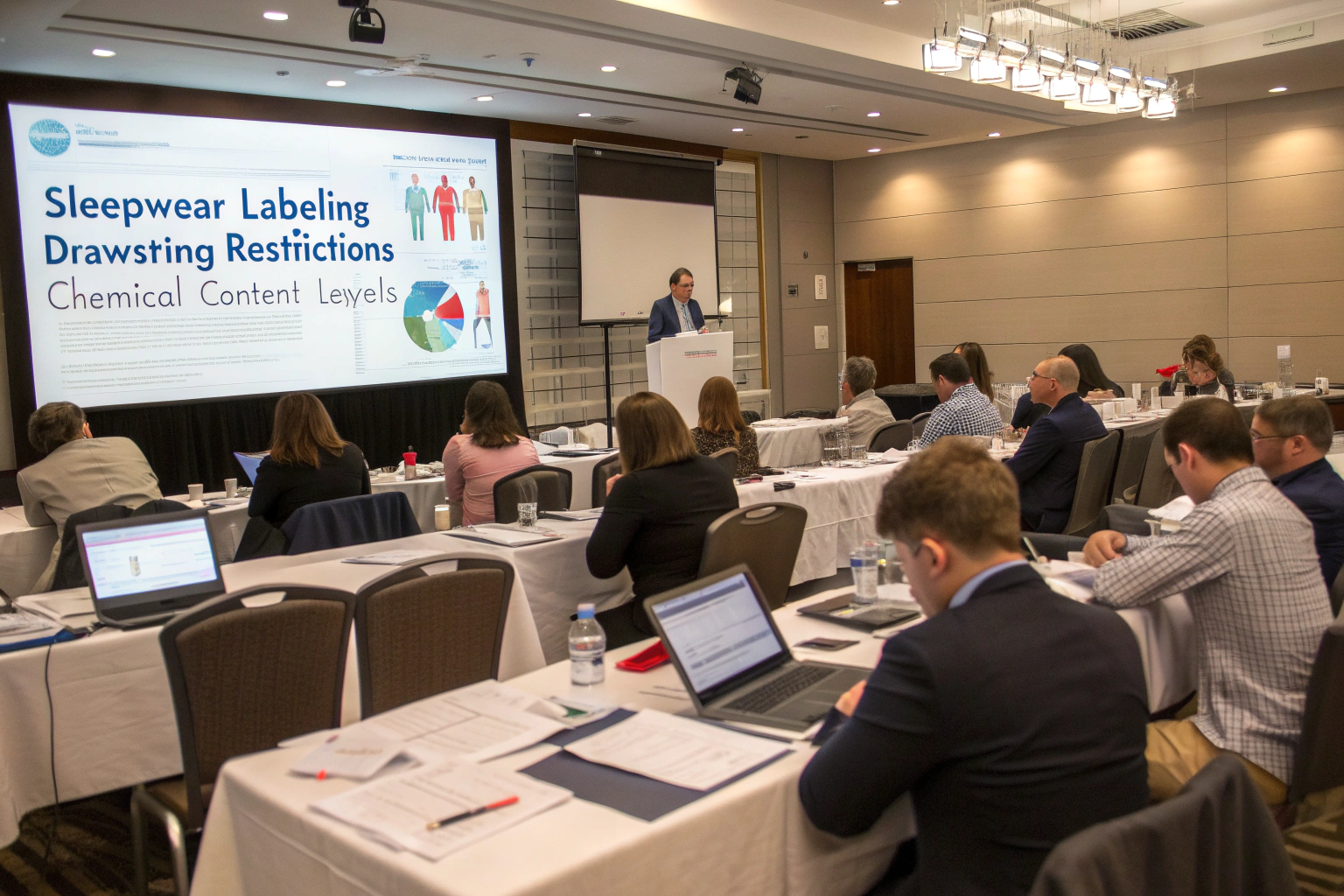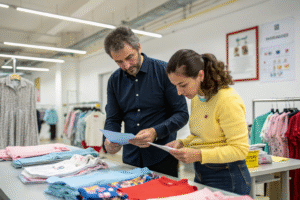As the U.S. children's apparel market grows more regulated and safety-conscious, apparel buyers and manufacturers must stay ahead of evolving compliance requirements. In 2025, new updates have been added to several safety frameworks that affect everything from sleepwear labeling to drawstring restrictions and chemical content levels.
Yes, the standards are getting stricter — but that also means the brands that comply will lead in trust and reliability. For apparel importers and factories like ours, understanding and adapting to these regulations is not just legal necessity — it’s a business advantage.
In this article, I will walk you through the most important U.S. children’s clothing safety standards now enforced in 2025 and how to verify and meet them during sourcing or manufacturing.
What Are the Latest CPSIA Requirements for Children’s Clothing?
As part of the Consumer Product Safety Improvement Act (CPSIA), children’s clothing sold in the U.S. must comply with strict flammability, chemical, and labeling rules.
In 2025, CPSIA compliance revolves around third-party lab testing and traceability.
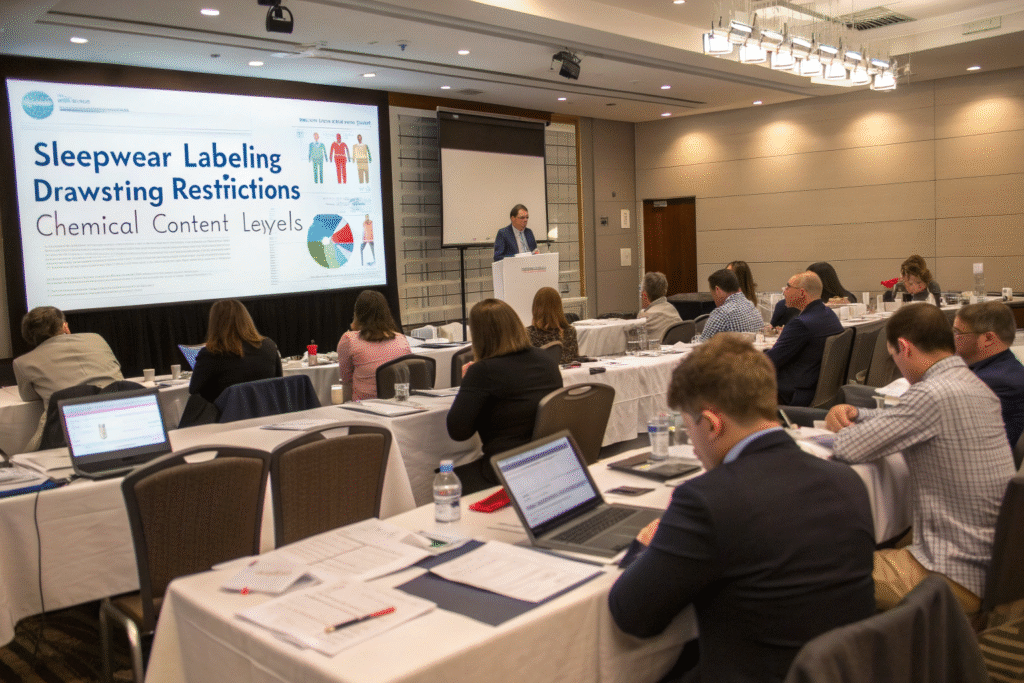
What Documents Must Be Provided for CPSIA Compliance?
All children’s clothing must be supported by a valid Children’s Product Certificate (CPC). This document confirms the product has passed relevant safety standards through testing at a CPSC-accredited lab. It must include:
- Product identity
- Manufacturer or importer contact info
- Lab details
- Date and location of testing
- Applicable regulations
More information and templates can be found at Eurofins' CPSIA guide.
How Is Lead Content Controlled in 2025?
Lead limits remain strict: <100 ppm for accessible parts. This applies to zippers, snaps, buttons, dyes, and screen prints. U.S. customs may reject shipments that test above limits. More on this rule is available from SGS CPSIA Lead Guide.
Are There New Flammability and Sleepwear Rules?
Flammability is one of the most closely monitored aspects of children’s clothing safety. In 2025, U.S. authorities continue to enforce the Flammable Fabrics Act (FFA) along with 16 CFR Part 1610, 1615, and 1616.
Sleepwear is treated differently from playwear, with specific burn resistance requirements.
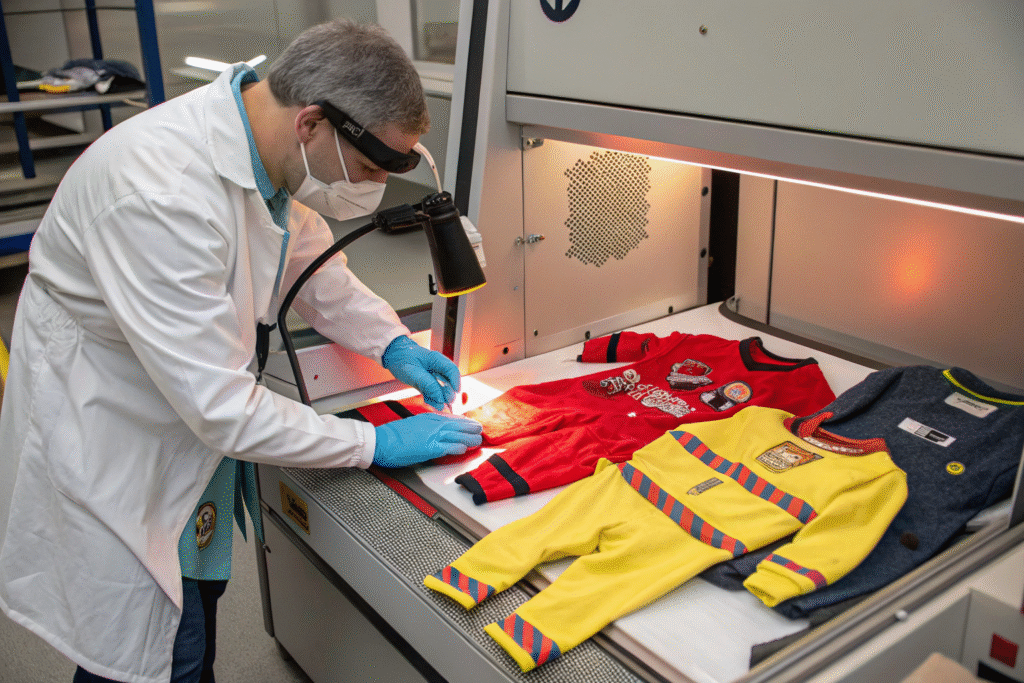
What Sleepwear Must Comply With 16 CFR 1615/1616?
These rules apply to sizes 0–14 years. Sleepwear must pass vertical flammability tests per ASTM D6413. Exemptions are allowed for tight-fitting garments that follow strict dimension charts published by CPSC.
Loose-fitting styles (e.g., nightgowns, robes) must use flame-resistant fabrics or chemical treatment — both must be proven by lab reports. Brands like Hanna Andersson label their sleepwear accordingly with permanent tags.
What Updates Were Introduced in 2025?
Updated enforcement guidelines released this year clarified dimensional tolerances for snug-fit styles and redefined labeling positions. Tracking labels must now include month/year of production, and certificates must explicitly reference 16 CFR sections tested.
How Are Drawstrings and Choking Hazards Regulated?
Drawstrings, snaps, buttons, and decorative parts are all subject to mechanical hazard rules. In 2025, regulations around drawstrings and choking hazards remain strict and apply to all sizes 2T through 16.
These rules are detailed in ASTM F1816 and 16 CFR 1120, and must be checked garment by garment.
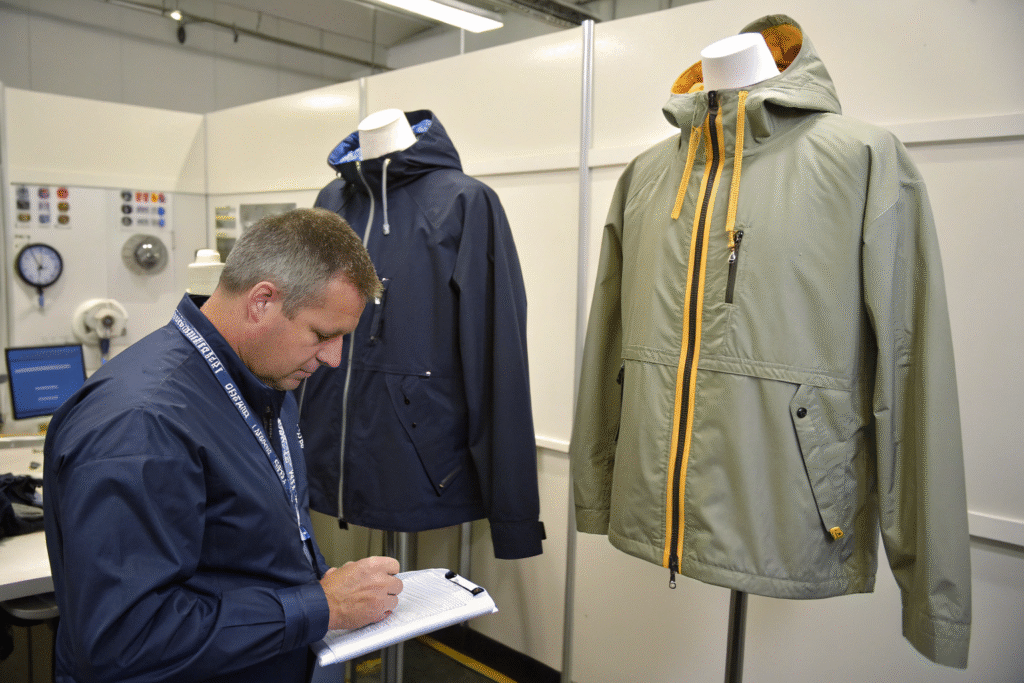
What Drawstring Restrictions Apply to Children’s Outerwear?
- No drawstrings in the hood or neck area for sizes 2T–12.
- Waist/hip drawstrings allowed in sizes 2T–16, but must be bar-tacked, ≤3 inches exposure, and have no toggles or knots.
Reference full specs at ASTM Standards Directory or ComplianceGate’s summary.
How Are Choking Hazards Evaluated?
All attachments must withstand 15-pound tensile force without detaching. This includes bows, snaps, decorative trims, and labels. A failed tensile test will classify the item as a small part under 16 CFR 1501.
Use CPSC-approved test labs to confirm compliance. See QIMA’s guide on how to test garments effectively.
What Are the Labeling and Traceability Updates?
Labels are no longer just about brand names and washing instructions. In 2025, new CPSIA enforcement clarifies permanent tracking requirements and full origin declaration under U.S. textile rules.
Every imported children’s garment must carry multiple mandatory labels.
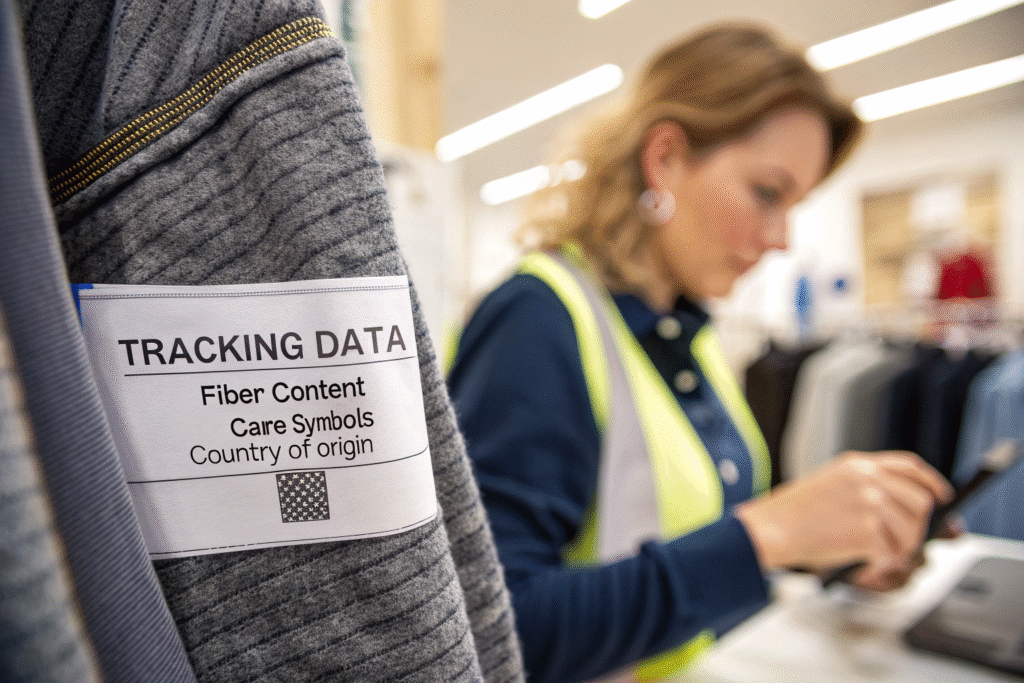
What Information Must Be Included on the Label?
According to the U.S. FTC Textile Act, children’s clothing must show:
- Fiber content (e.g., 100% cotton)
- Country of origin (e.g., Made in China)
- Identity of the manufacturer or importer
- Care instructions (per ASTM D5489)
- CPSIA-compliant tracking label (date and location of manufacture)
More details can be found in CPSC’s tracking label FAQ.
How Should Tracking Labels Be Displayed?
Tracking info must be permanent, visible, and allow identification of manufacturing batch. QR codes are increasingly used, especially for brands selling on Amazon under the Climate Pledge Friendly badge. The label must remain intact after laundering.
At Fumao Clothing, we use both woven labels and printed inserts to meet this requirement for our U.S. clients.
Conclusion
U.S. safety standards for children’s clothing have evolved in 2025 to become more rigorous, transparent, and traceable. From the mandatory CPC documentation and flammability certifications to drawstring elimination and smart tracking labels, compliance is now both a legal obligation and a competitive edge.
For brand owners and sourcing managers like Ron, staying ahead of these standards ensures smoother customs clearance, higher customer trust, and fewer product recalls. As a Chinese factory with deep expertise in U.S. compliance, we support our clients with certified testing, label guidance, and documentation every step of the way.
When safety becomes your brand’s signature, customers will remember you — and come back for more.

